Ingredients:
Bambusa bambos Druce،Glycyrrhiza glabra،CassiaFistula،Cucumis sativus،Lactuca sativa،Portulaca oleracea،Santalum album،
Coriandrum sativum، clay Armenia،Starch،Punica granatum،Rhus coriaria،Acacia Senegal
Active Ingredients:Essential oil (cineole, isovaleric acid, geraniol, borneol, stene, d-fencone), flavonoid, tannin, essential oils (α-pinene, campene, β-myrene, p-cymene, limonene, cineole, linalool, monoterpene, terpenoid, linalyl acetate, granulol, borneol), flavonoid, alkaloid saponin anetol.
:Indications:
Useful in diabetes
Dosage and administration:
Take 2 tablets daily (1 in the morning and 1 in the evening).
Side effects:
simultaneous use with thiazide diuretics is not recommended due to the effect of increasing hypokalemia
Recommended tips:
does not have
Contraindications and precautions:
Kidney diseases and appendicitis, pregnancy and breastfeeding
Pharmacological effects and mechanism of action MOA:
Licorice extract: Five flavonoids and three triterpenoids isolated from licorice have antidiabetic activities in vivo and in vitro. This work is done by various mechanisms such as increasing the affinity and sensitivity of the insulin receptor site to insulin, increasing the use of glucose in different tissues and organs, clearing free radicals and resistance to peroxidation, correcting the metabolic disorder of fat and protein, and improving microcirculation in the body. Multiple signaling, including PI3K/Akt, AMPK, AGE-RAGE, MAPK, NF-κB, and NLRP3 signaling pathways, is involved. Portulaca oleracea L review 44 flavonoids with antidiabetic potential in purslane plant are known. It is thought that the bioactive effects of flavonoids include anti-inflammatory, cardioprotective and antidiabetic properties. CPOP (crude Portulaca oleracea L. polysaccharide) can significantly Reduce FBG Effects of CPOP on glucose tolerance test (GTT), fasting blood glucose (FBG), fasting serum insulin (FINS), insulin sensitivity index (ISI), interleukin-6 (IL-6), tumor necrosis factor-α (TNF)-α), methane dicarboxyaldehyde (MDA), and superoxygen dehydrogenation (SOD) have been investigated. The results show that oral administration of CPOP can significantly improve glucose tolerance in diabetic samples. Meanwhile, CPOP can significantly decrease FBG level and increase FINS level and ISI value in diabetic samples. In addition, CPOP can significantly reduce the levels of TNF-α and IL-6. CPOP can also reduce the activities of MDA and SOD in the liver tissue of diabetic neonates. These results suggest that the antidiabetic effect of CPOP may be related to its antioxidant and anti-inflammatory effects Coriander seed: Coriander seed extract significantly increases active beta cells Punica granatum has a strong antioxidant activity in its extract, which is very effective in managing the complications of diabetes such as increased blood lipids and thus preventing defects in lipid metabolism. Rhus coriaria: The hypoglycemic power of the sumac plant is such that it can manage the metabolic disorders caused by diabetes in the body because this disease causes heart and liver problems for which not only the blood glucose level but also the lipid profile should be managed. be controlled Rhus coriaria has been shown to be effective in the management of hyperglycemia and hyperlipidemia and is a potential treatment for the prevention and management of diabetes. bambusa vulgaris: It has been scientifically reported that bambusa vulgaris has anti-inflammatory activity, hypoglycemic, anti-ulcer, anti-cancer, anti-diabetic, and antimicrobial activity. : Lettuce (Lactuca sativa L.) With the development of new medical applications, the global demand for pro-insulin is continuously increasing. Lettuce (Lactuca sativa L.) has the potential to help meet this growing demand as a "green bioreactor". A DNA construct containing the immunoglobulin G-binding protein (ProA) gene of Staphylococcus aureus genetically fused to a nucleotide sequence encoding pro-insulin (Pins) was transformed into lettuce. This work suggested that plant-based systems expressing pro-insulin may provide an effective and low-cost approach to produce insulin for the treatment of type I and type II diabetes. Gum arabic: The use of this plant has shown a significant decrease in fasting blood glucose and glycosylated hemoglobin (HbAc1), kidney function also improved after consumption. and caused a significant decrease in the concentration of total protein and uric acid in the blood and a decrease in blood urea nitrogen and a decrease in creatinine concentration in diabetic patients and diabetic nephropathy
Pharmacological effect of this product from the perspective of traditional medicine:
From the point of view of the basics of traditional medicine; In this condition, the thinking goes out of the normal channel because the prevailing hot and dry temperament is against the psyche and if not treated, it turns into mania because the root of both is burnt soda. That this soda is the source of disease or abnormal soda, or it is phlegm that has turned into soda from condensation, or it is blood that has turned into soda from being too condensed or cooked without burning, or it is bile phlegm that has reached the end of the degree of burn. The types of soda that reach a certain place in the brain make thoughts and ideas deviate from the normal path. This product is able to clean the brain from all the corrupt mixture and restore the moderate mood of the brain in which stability and moderation prevails in thoughts and thinking.
References: 1.Pubmed/ The anti-diabetic activity of licorice, a widely used Chinese herb/ PMID: 32763420/2020
2.Science Direct/Ameliorative effects of Portulaca oleracea L. (purslane) on the metabolic syndrome/2022
3.Researchgate/ Agrobacterium-mediated transformation of lettuce (Lactuca sativa L.) to express IgG-binding protein A and human pro-insulin as a fusion protein/2014

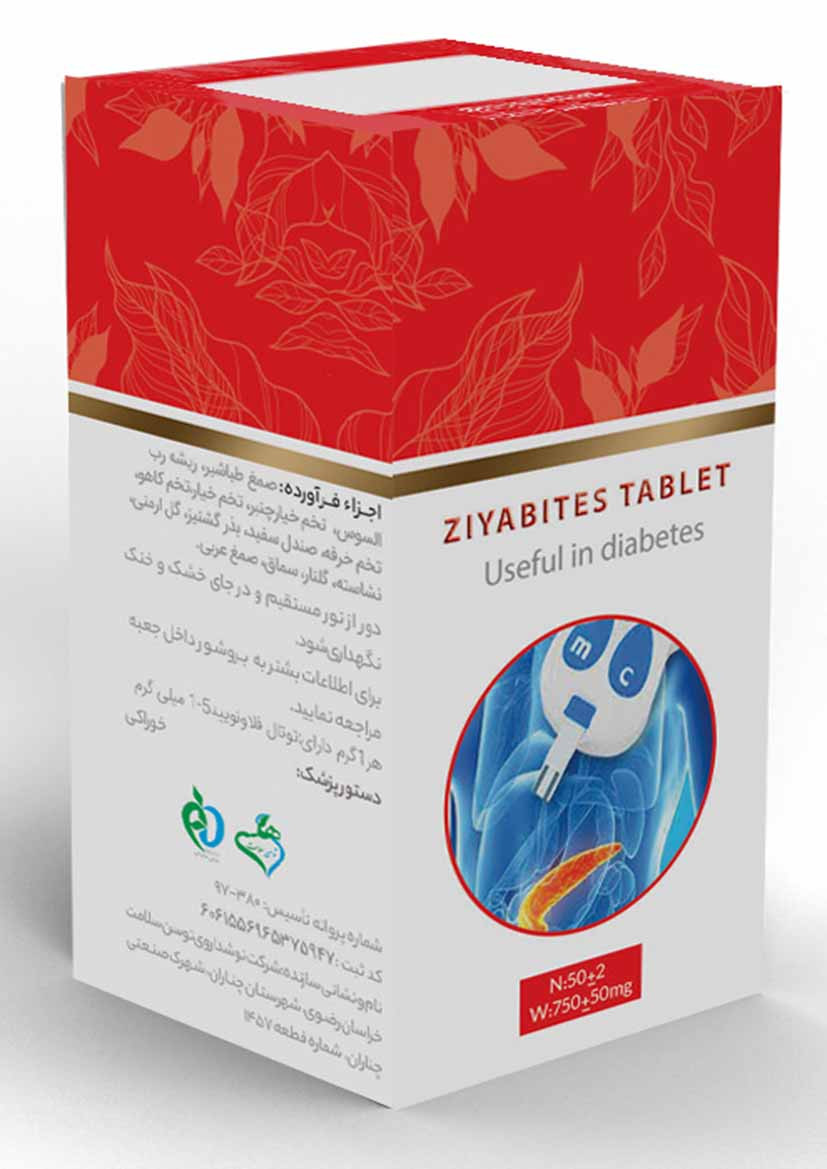
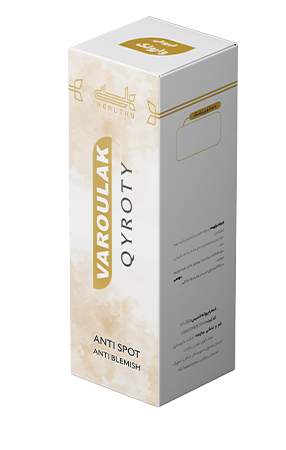
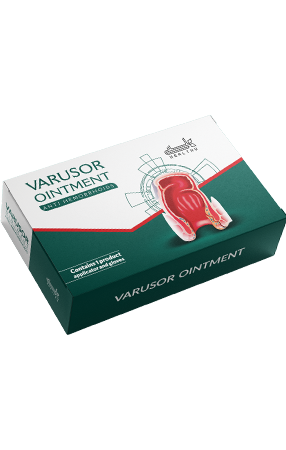
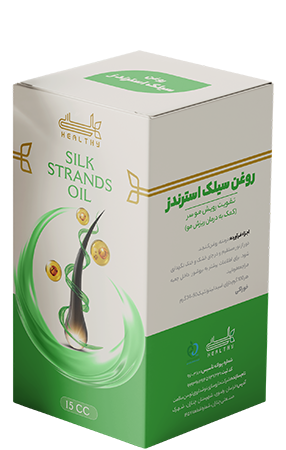
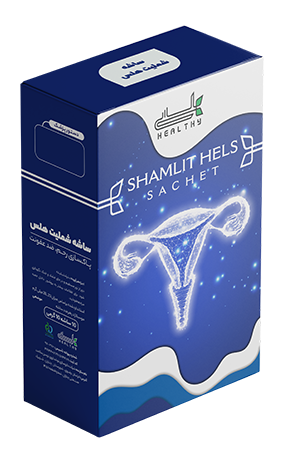
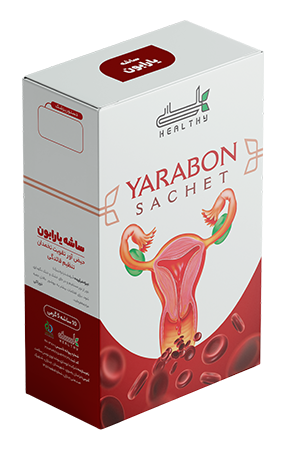

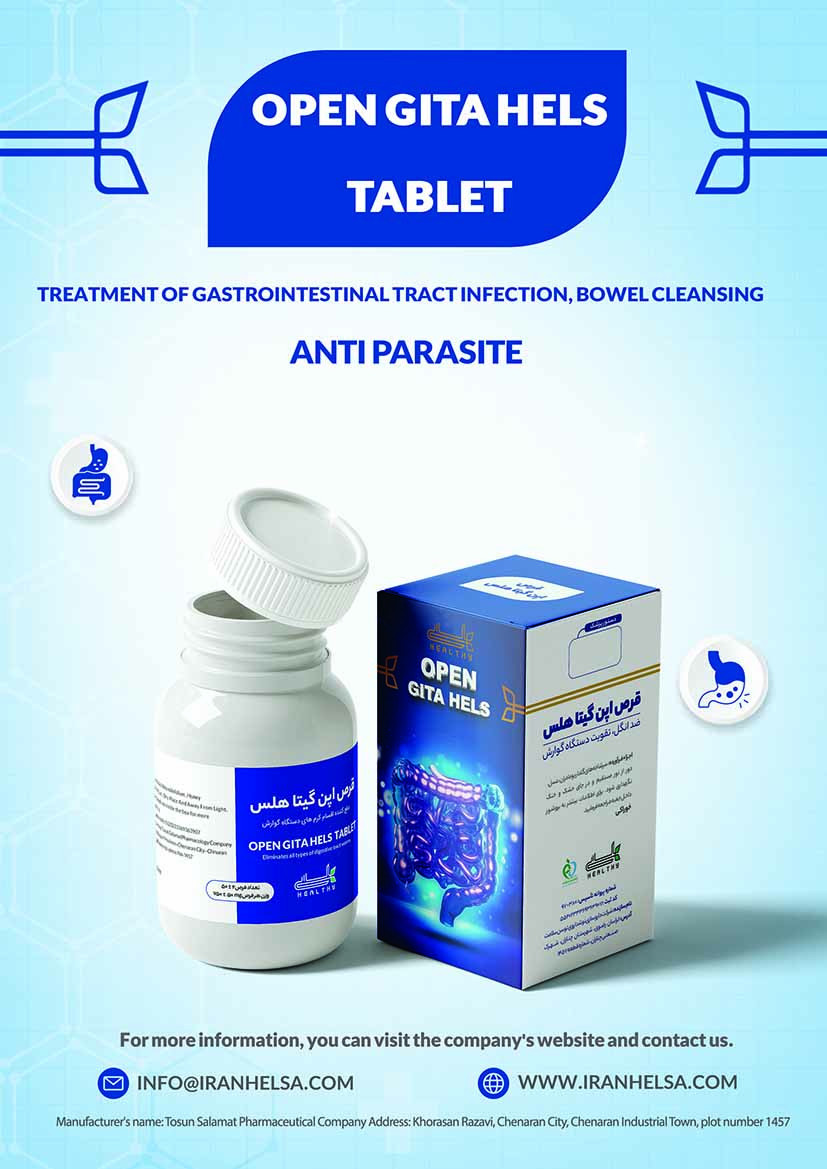
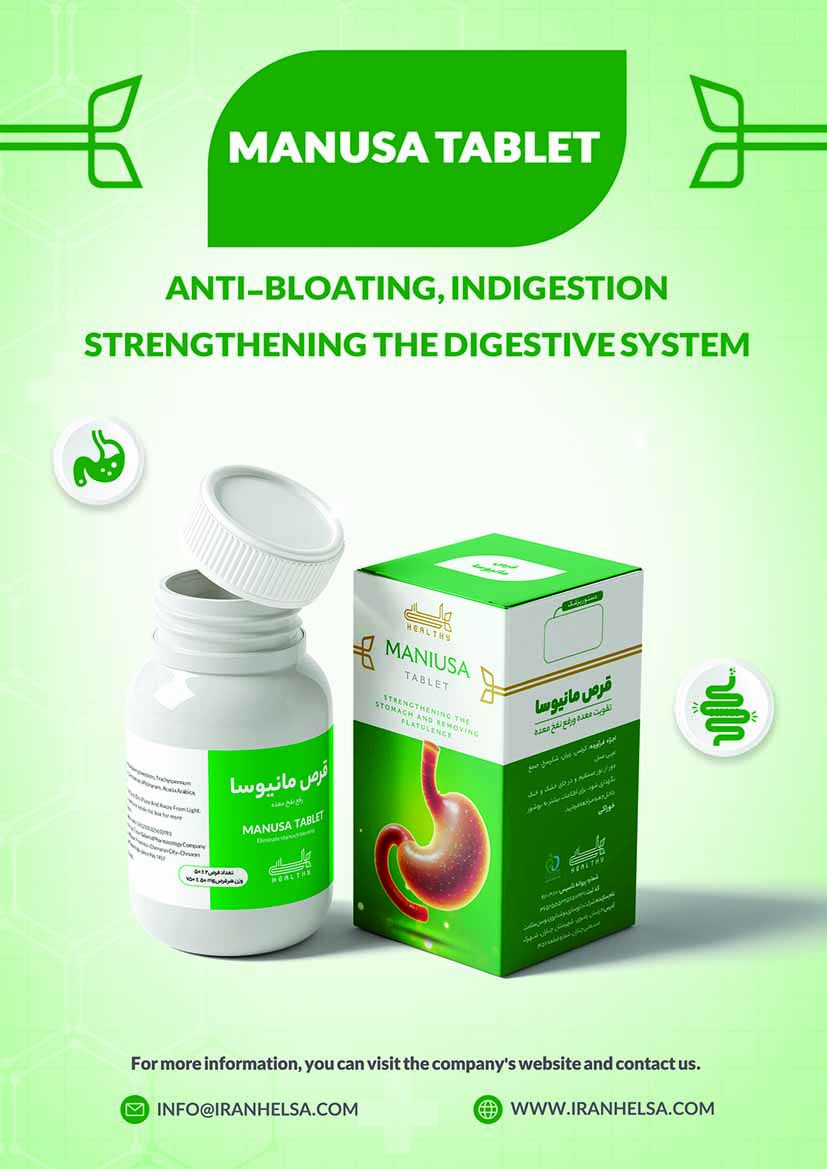
User comments